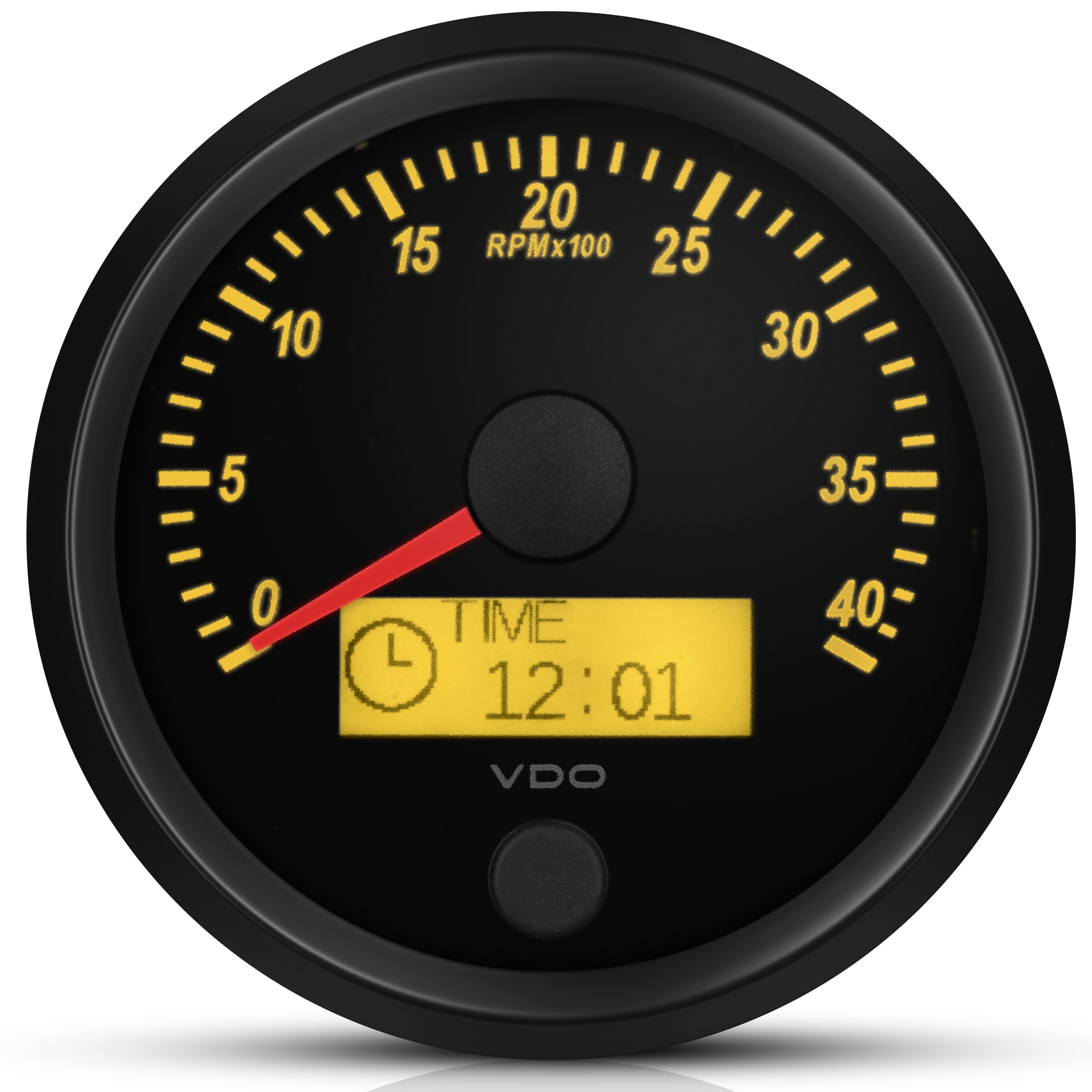How a Tachometer Assists Display Engine Health And Wellness and Efficiency
How a Tachometer Assists Display Engine Health And Wellness and Efficiency
Blog Article
The Importance of a Tachometer in Keeping An Eye On Engine Speed and Efficiency in Automotive Applications
In the world of vehicle engineering, the tachometer stands as an essential instrument in the chauffeur's arsenal, supplying a straight window into the internal operations of a vehicle's engine. Beyond its feature as a simple scale of transformations per min (RPM), the tachometer offers as a crucial device for lovers and specialists alike, providing real-time understandings into engine performance and health.
Value of Monitoring Engine RPM
Checking engine RPM, or revolutions per minute, is an essential element of automotive upkeep and performance examination. Engine RPM directly correlates with the speed at which the engine's crankshaft turns, indicating how rapidly the engine is running - tachometer. By checking RPM, mechanics can assess the health of the engine, identify potential issues, and fine-tune performance. An uncommon RPM reading might signify problems such as engine misfires, malfunctioning ignition system, or issues with the fuel distribution system. Constantly high RPM analyses can suggest aggressive driving habits or the demand for a higher equipment change to enhance gas effectiveness.
Additionally, keeping an eye on engine RPM is important for performance analysis in racing and high-performance automobiles. In recap, checking engine RPM is not just essential for detecting issues but additionally for enhancing engine efficiency in different vehicle applications.

Advantages of Real-Time Data
In automotive applications, real-time data plays an essential function in providing instant insights into the performance and condition of the vehicle. By constantly keeping track of different criteria such as engine rate, temperature level, fuel intake, and a lot more, real-time data provides countless advantages that add to boosted efficiency and safety and security on the roadway.
One significant benefit of real-time information is its ability to sharp motorists and specialists to any abnormalities or problems promptly. This proactive technique makes it possible for fast identification of possible troubles, permitting prompt treatments to avoid further damages or malfunctions. In addition, real-time information facilitates performance optimization by supplying immediate feedback on driving behaviors and engine effectiveness. Chauffeurs can change their actions in real-time based upon this details to achieve much better gas economic climate and lengthen the life expectancy of their lorry.

Moreover, real-time data plays an essential duty in contemporary automotive diagnostics, enabling specialists to promptly identify and deal with breakdowns. This leads to lowered downtime, lower upkeep costs, and inevitably, improved general car integrity and long life (tachometer). By harnessing the power of real-time information, automobile stakeholders can make enlightened choices that positively influence both the performance and long life of the vehicle
Effect On Equipment Shifts
Efficient equipment shifts in auto applications considerably affect general efficiency and driving experience. The tachometer plays an important function in enhancing gear changes by offering real-time engine rate information to the vehicle driver. When coming close to the redline on the tachometer, it indicates the driver to upshift look here to stop over-revving the engine and triggering possible damages. On the various other hand, downshifting at the right minute can aid maintain the engine in its power band, guaranteeing receptive acceleration when needed.
Additionally, the tachometer aids in achieving smoother gear shifts, especially in hands-on transmissions. By checking engine rate, motorists can execute gear shifts at the optimal RPM range, minimizing jerking movements and lessening wear on the transmission elements. This precision on duty adjustments not only improves driving convenience however likewise adds to fuel effectiveness.
Enhancing Fuel Effectiveness
Given the essential function the tachometer plays in optimizing gear changes for efficiency and engine health and wellness, it straight adds to taking full advantage of gas performance in vehicle applications. By supplying real-time responses on engine speed, the tachometer aids motorists in keeping the most efficient RPM array for gas economy. When vehicle drivers consistently keep track of the tachometer and change their motoring behaviors appropriately, they can stay clear of unneeded gas usage caused by over-revving or carrying the engine.
Furthermore, the tachometer assists motorists identify the most fuel-efficient gear to be in at any type of provided moment, preventing the engine from working more difficult than required. This is especially vital during acceleration and cruising, where being in the right equipment can substantially impact fuel effectiveness. Furthermore, the tachometer can signal drivers to potential mechanical concerns that can be negatively impacting gas economic climate, such as a slipping clutch or a blocked air filter. To conclude, the tachometer acts as a beneficial tool in enhancing gas effectiveness by i thought about this advertising ideal driving practices and identifying areas for improvement in the automobile's performance.

Taking Full Advantage Of Engine Longevity
The tachometer's duty in keeping track of engine speed and efficiency is instrumental in making sure the durability of auto engines. By using the tachometer successfully, vehicle drivers can maximize engine long life via mindful RPM management. Constantly revving an engine article expensive can bring about too much wear and tear on crucial parts, such as the pistons, valves, and bearings. With time, this can result in lowered engine performance and potential malfunctions. Keeping an eye on the tachometer enables drivers to remain within the recommended RPM array for their automobile, preventing unnecessary pressure on the engine and extending its life-span.

Verdict
In conclusion, the tachometer plays an essential duty in keeping track of engine rate and performance in automotive applications. By giving real-time information on RPM, it permits reliable equipment changes, improved gas efficiency, and maximized engine longevity. This device is important for preserving optimal engine efficiency and making sure the general capability of a car.
Report this page